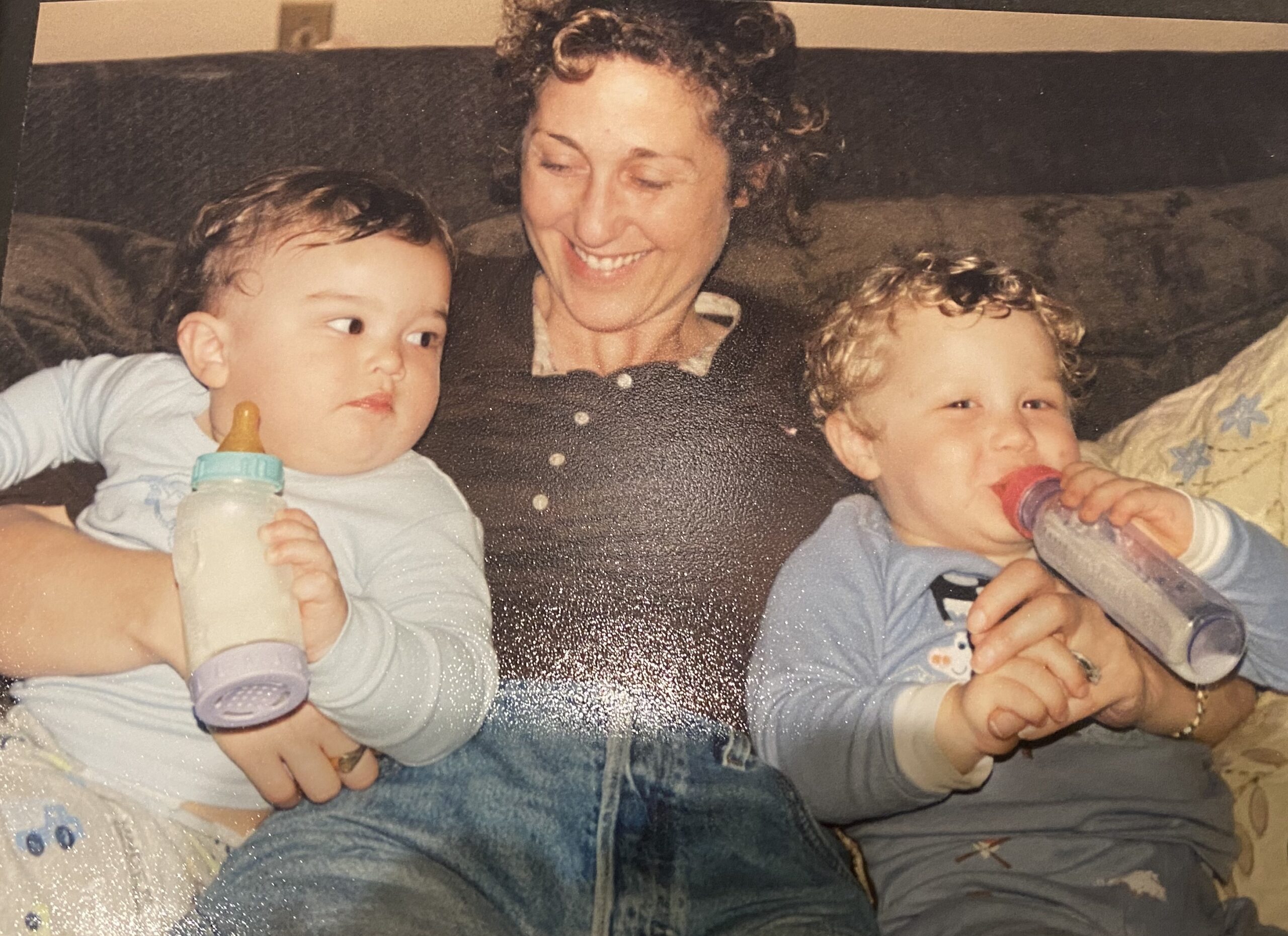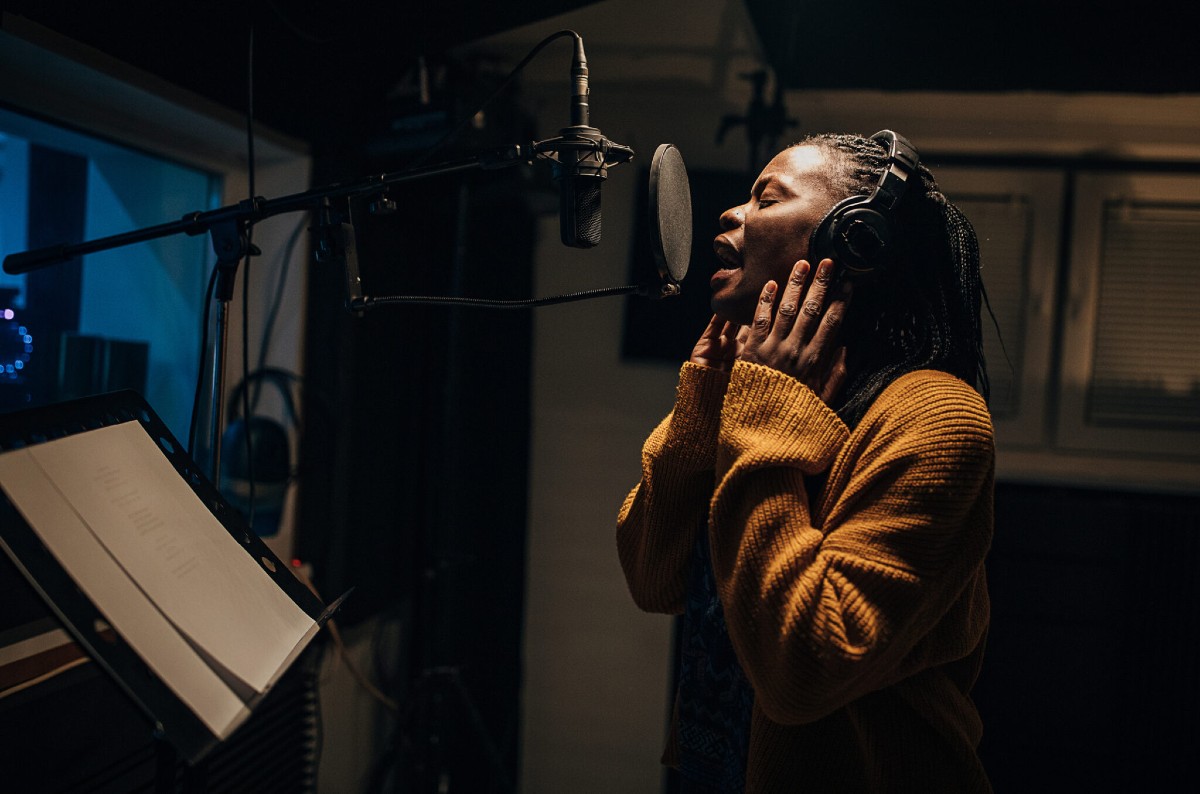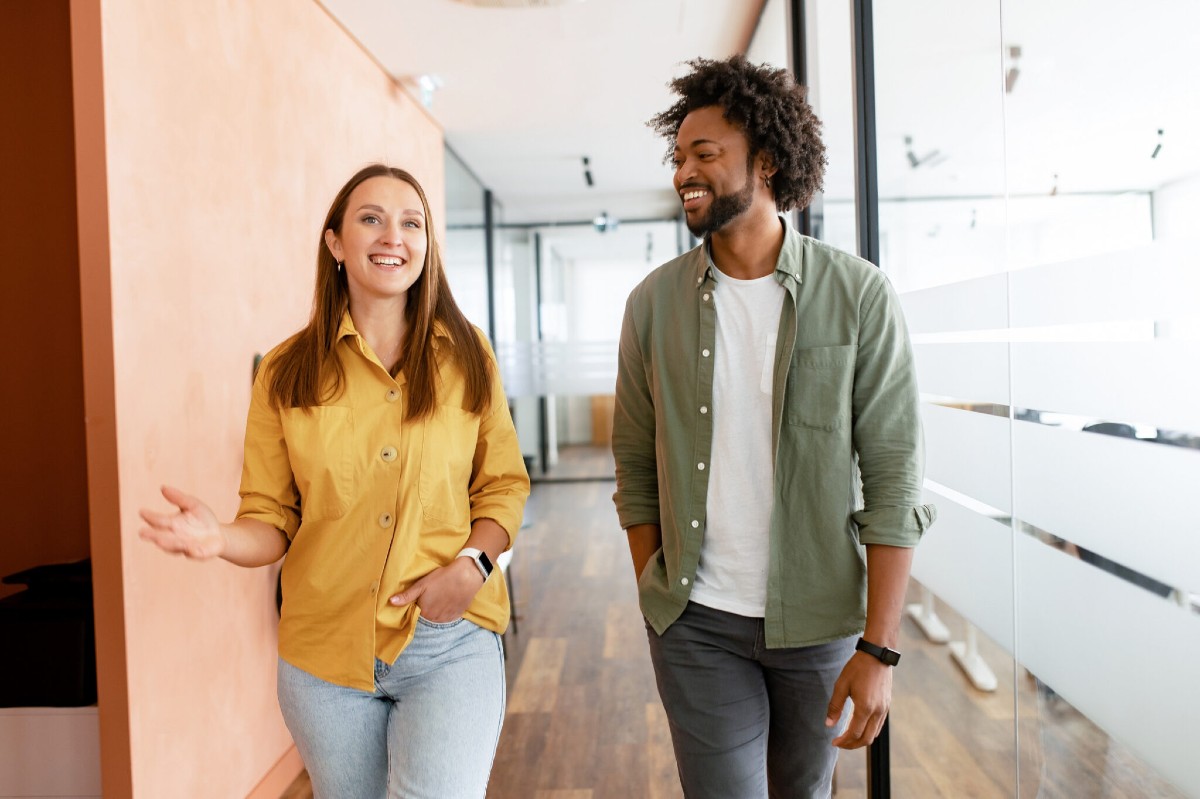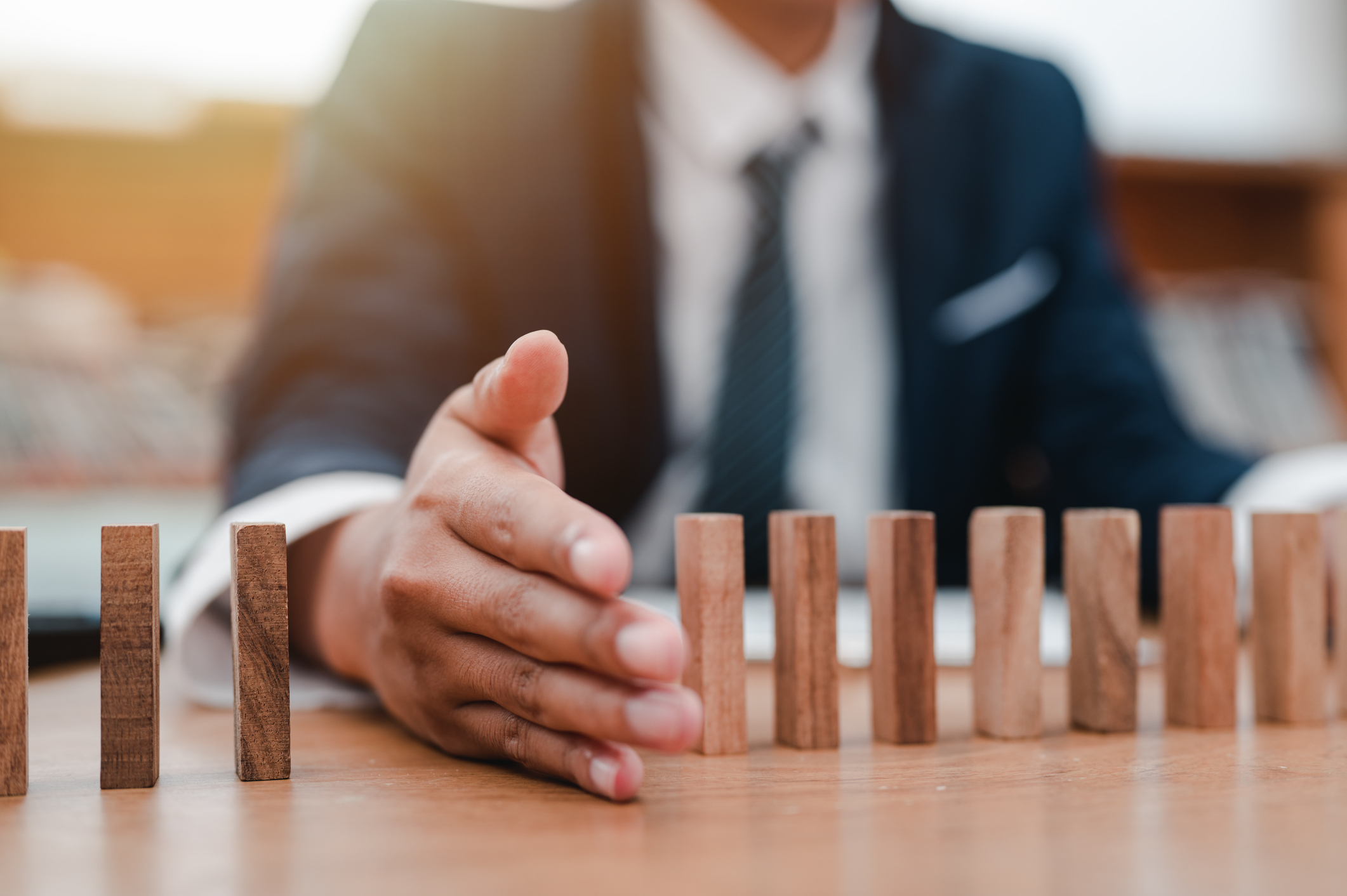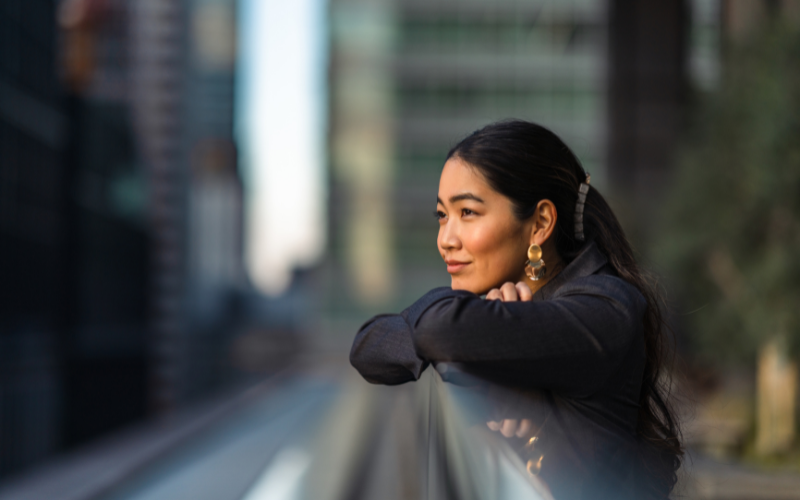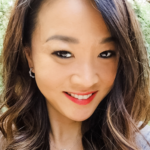I was born in Seoul, South Korea and adopted as a baby into my loving, Caucasian, Minnesotan family. I grew up being one of maybe three other Asian kids in my elementary school. In high school I remember always wondering what life would be like if I had blue eyes and blonde hair. I tried very hard to be liked, to be popular, to be accepted. I ran with all the right crowds, I had every friend circle around me, and while people were rarely anti-Asian towards me, I never felt completely myself. I knew I was an American and had the naturalization papers to prove it, but I didn’t look like my friends.
I remember wanting to learn more about my ethnicity and Korean heritage, but didn’t have many resources to turn to. I recall trying Korean food at my one Asian friend’s house, who had Korean biological parents, but that was about it. I actually didn’t like the food…
My early adult years were better, with more of a melting pot at college and entering the human resources workforce. But I still felt that I was being ignorant to my true self.
I realized I needed to visit my birth country and try to find a connection. I traveled to South Korea during the summer of 2019 with 20 other Korean adoptees and their families. I even searched for my birth mother and learned she was open to contact and was able to meet her. Truly an incredible experience.
It was also fun seeing my Caucasian husband be the minority on the streets of Korea. Locals gawked at his blue eyes and thought he was Jake Gyllenthal. He was always smiled at and greeted with genuine welcoming curiosity.
I felt a sense of belonging that was new to me.
I knew being back in Minnesota, I could be more comfortable in my skin, having experienced this feeling finally in my life.
Then, eight months later…COVID.
A few weeks into the pandemic lockdown, things changed. I experienced one of the most notable anti-Asian verbal assaults of my entire life. I stood in a checkout line in my Minnesotan suburb and had a stranger yell from behind me that he was “extra social distancing” from me “because she’s Asian.” Note that this person was standing a good 30 feet from me and also telling others to get in line behind him so they wouldn’t have to be by the Asian girl.
Currently: I am saddened by the dramatic increase of anti-Asian hate crimes being committed around the country. It makes my heart hurt. I have been told to “go back to my country” several times while out getting necessities during this pandemic. I don’t leave home anymore without my husband.
The Good News: There was a bright spot in my direct experience of racism. That bright spot was another stranger telling the attacker (yes, attacker) that he was being rude and that it wasn’t cool to be so mean to me.
Takeaway: Be the upstander…
-
- in the checkout line.
- at work.
- at home.
If you don’t know how to be an upstander, that’s okay. Let’s learn together. Let’s begin with being kind. Let’s start listening to each other’s stories.
Emtrain recently released a new Microlesson: Fighting Bias Against Asians. You can take it for free here.

